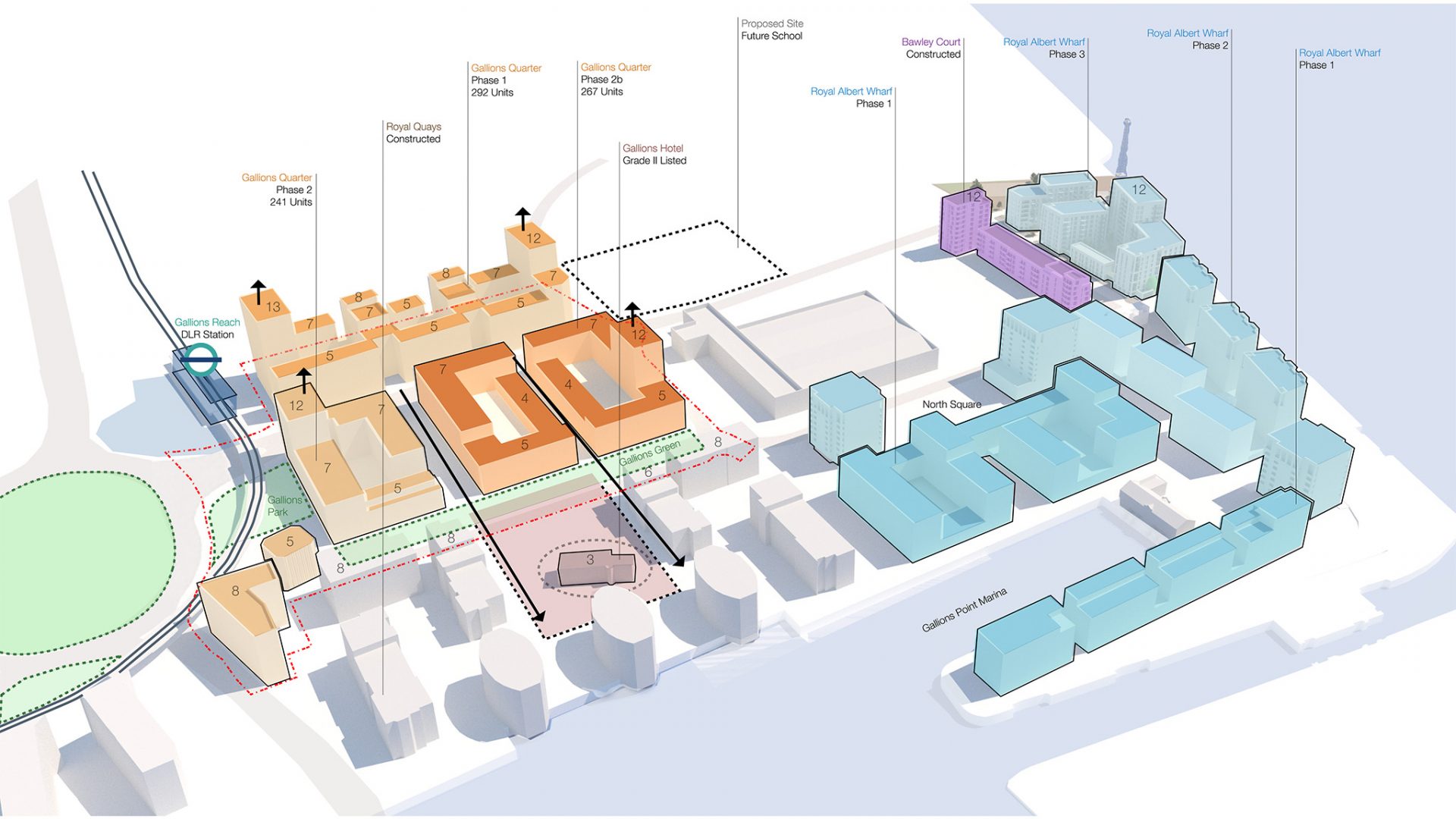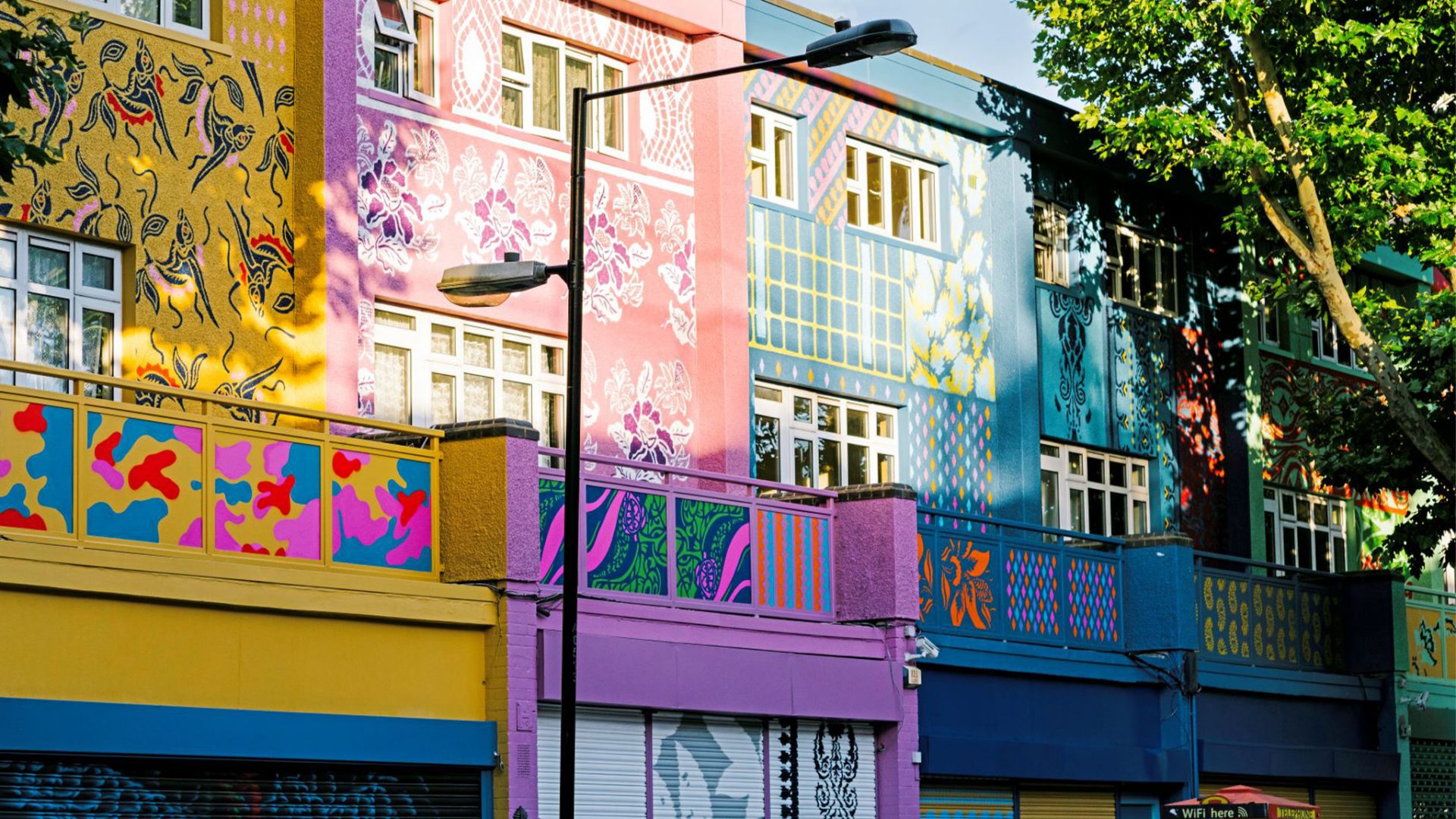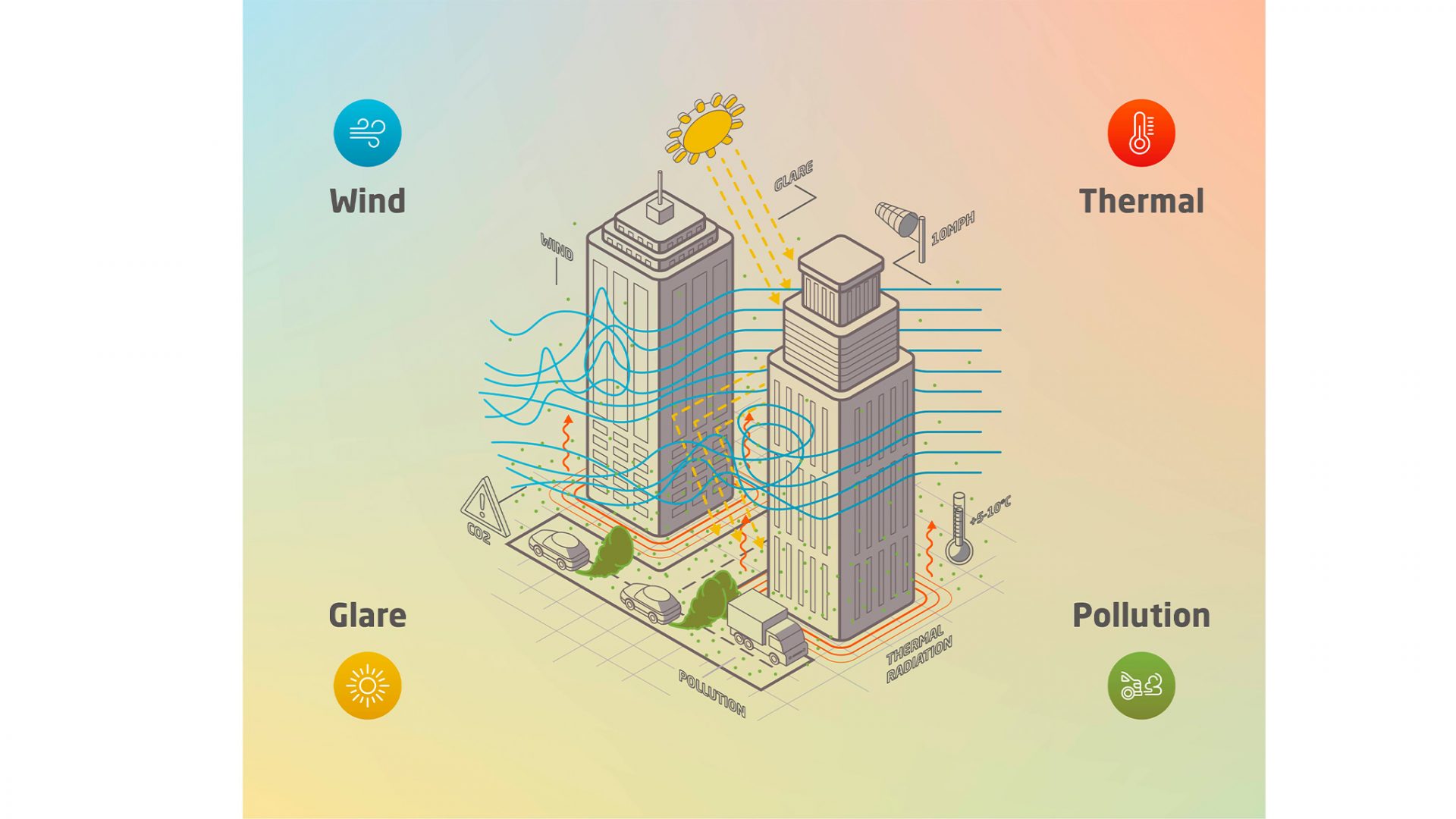- Sumitra Upham is curator of public programmes at the Design Museum. Previously, she was design curator at Oxo Tower Wharf, associate curator at the Institute of Contemporary Arts, London and part of the exhibitions team at White Cube, London. She’s also a member of our Curation Panel. In this essay she shares her thoughts on our 2019 theme of boundaries.

‘Boundaries’ feels like a pertinent theme for London Festival of Architecture 2019.
Over the last 12 months, London has witnessed unprecedented challenges, as its population continues to grow rapidly. The rise in environmental concerns, high living costs, social inequality and political extremism are just some of the factors creating new socio-economic boundaries for the city.
For the next LFA, I’m keen to help develop a programme that responds to the unique social challenges of the city. I’d like to explore how we can use the framework of an architecture festival to geographically link parts of London that are otherwise disconnected, and as a tool for welcoming people to the city, from all walks of life.
With racism and religious intolerance growing across the globe, it feels imperative that this year’s festival celebrates the rich cultural diversity of communities living in London. I hope to see proposals with an agenda to dissolve social and cultural barriers and build platforms for marginalised voices.
Festival highlights for me each year are those unexpected spatial projects that play with the physical boundaries of the city – e.g. outdoor installations, interventions in unusual buildings, performances in public spaces, and community engagement activities. These projects provide opportunities for greater social integration and give us the opportunity to navigate the city in new and unexpected ways.
I’m also particularly keen to see proposals from a younger generation of emerging practices, confronting the boundaries of the architectural profession itself.






